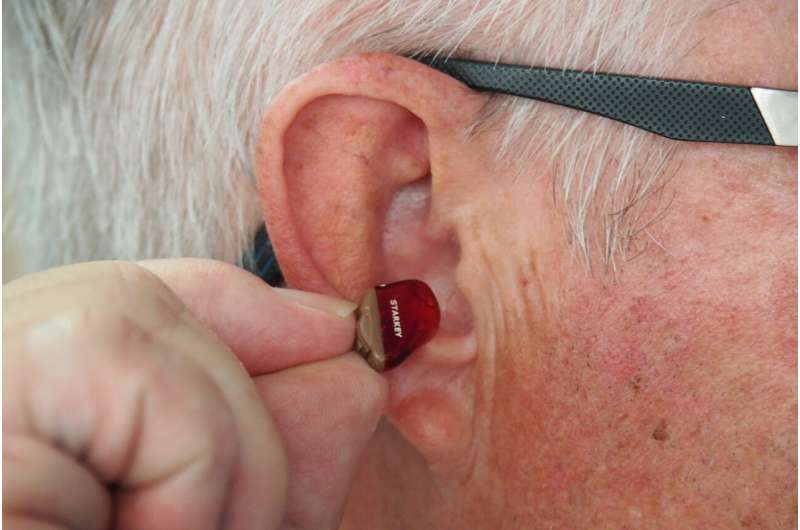Innovative AI Tool Developed for Treatment of Age-Related Macular Degeneration

A pioneering AI tool developed by researchers at the Moran Eye Center offers a new way to personalize treatment for neovascular age-related macular degeneration, potentially improving patient outcomes and optimizing therapy schedules.
Researchers at the John A. Moran Eye Center have achieved a significant breakthrough by developing the first artificial intelligence (AI) tool aimed at improving treatment strategies for age-related macular degeneration (AMD). This advancement is particularly impactful for managing the neovascular or "wet" form of AMD, a condition characterized by abnormal blood vessel growth in the eye that can lead to vision loss. The AI system, named deepeye Treatment Planning Support (deepeye TPS), has received European regulatory approval and is the first predictive AI application for ophthalmology therapy management to be authorized for clinical use in the Western world.
Cofounded by Dr. Adam Dubis, the AI algorithm assists ophthalmologists in determining the most appropriate treatment schedule for individual patients. It analyzes thousands of 3D retinal scans combined with medical records to understand disease progression and treatment responses. The AI acts as a second opinion, helping clinicians decide whether a patient needs an earlier intervention or can safely extend the interval between treatments. It also estimates the number of treatments a patient might require over the upcoming year.
The development aims to personalize AMD treatment, which is crucial because not all patients respond identically to standard therapies. Optimizing treatment timing and frequency can preserve vision longer and reduce unnecessary clinic visits. During validation, the AI's recommendations aligned with physicians’ decisions in over half of the cases, demonstrating its potential to enhance clinical decision-making.
Dr. Dubis plans to test deepeye TPS at Moran Eye Center clinics, with hopes of achieving FDA approval in the future. Experts like Dr. Eileen Hwang emphasize that while AI shows promising potential to refine treatment precision, it should complement rather than replace clinical judgment. The broader effort reflects a growing trend towards integrating AI into ophthalmology, with additional initiatives like the Moran Phenotyping, Imaging, and Advanced Technologies (PHIAT) database supporting ongoing research.
Overall, this innovation marks a pivotal step towards more individualized and effective management of AMD, promising improved outcomes and better quality of life for patients. The use of ethically sourced, de-identified data underscores the commitment to responsible AI development in healthcare.
Source: https://medicalxpress.com/news/2025-08-ai-tool-age-macular-degeneration.html
Stay Updated with Mia's Feed
Get the latest health & wellness insights delivered straight to your inbox.
Related Articles
Promising Results in First Human Trial of Targeted Therapy for Relapsed Small Cell Lung Cancer
A Phase I study showcases promising safety and efficacy data of SHR-4849, a targeted antibody-drug conjugate, in relapsed small cell lung cancer patients, paving the way for further clinical development.



